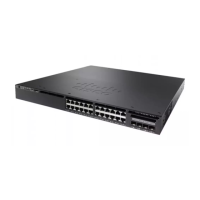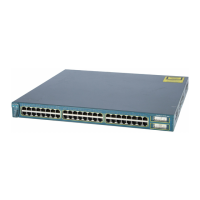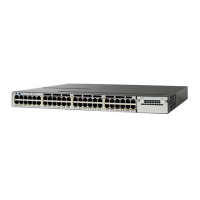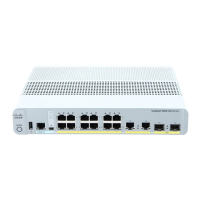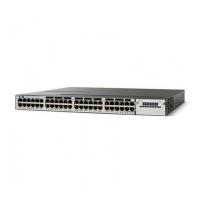5
Router A creates and maintains a forwarding entry on the unidirectional link (UDL).
In an enterprise network, it is desirable to be able to receive IP multicast traffic via satellite and forward the
traffic throughout the network. With unidirectional link routing (UDLR) alone, scenario 2 would not be
possible because receiving hosts must be directly connected to the downstream device, Router B. The IGMP
proxy mechanism overcomes this limitation by creating an IGMP report for (*, G) entries in the multicast
forwarding table. To make this scenario functional, therefore, you must enable IGMP report forwarding of
proxied (*, G) multicast static route (mroute) entries (using the ip igmp mroute-proxy command) and enable
the mroute proxy service (using the ip igmp proxy-service command) on interfaces leading to PIM-enabled
networks with potential members.
Because PIM messages are not forwarded upstream, each downstream network and the upstream network
have a separate domain.
Note
Related Topics
Configuring the Upstream UDL Device for IGMP UDLR, on page 92
Configuring the Downstream UDL Device for IGMP UDLR with IGMP Proxy Support, on page 93
Example: IGMP Proxy Configuration, on page 96
How to Configure IGMP Proxy
Configuring the Upstream UDL Device for IGMP UDLR
Perform this task to configure the upstream UDL device for IGMP UDLR.
SUMMARY STEPS
1.
enable
2.
configure terminal
3.
interface type number
4.
ip igmp unidirectional-link
5.
end
DETAILED STEPS
PurposeCommand or Action
Enables privileged EXEC mode.enable
Step 1
Example:
Device> enable
•
Enter your password if prompted.
IP Multicast Routing Configuration Guide, Cisco IOS XE Release 3SE (Catalyst 3650 Switches)
92 OL-29890-01
Configuring IGMP Proxy
How to Configure IGMP Proxy
